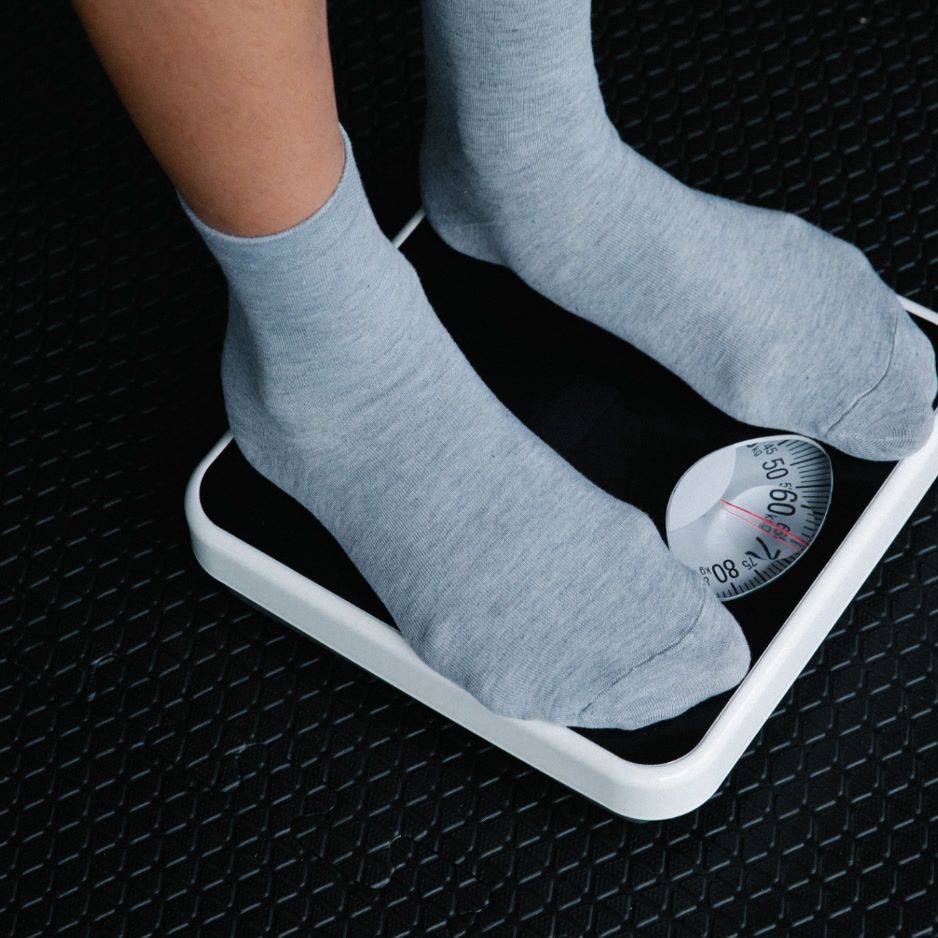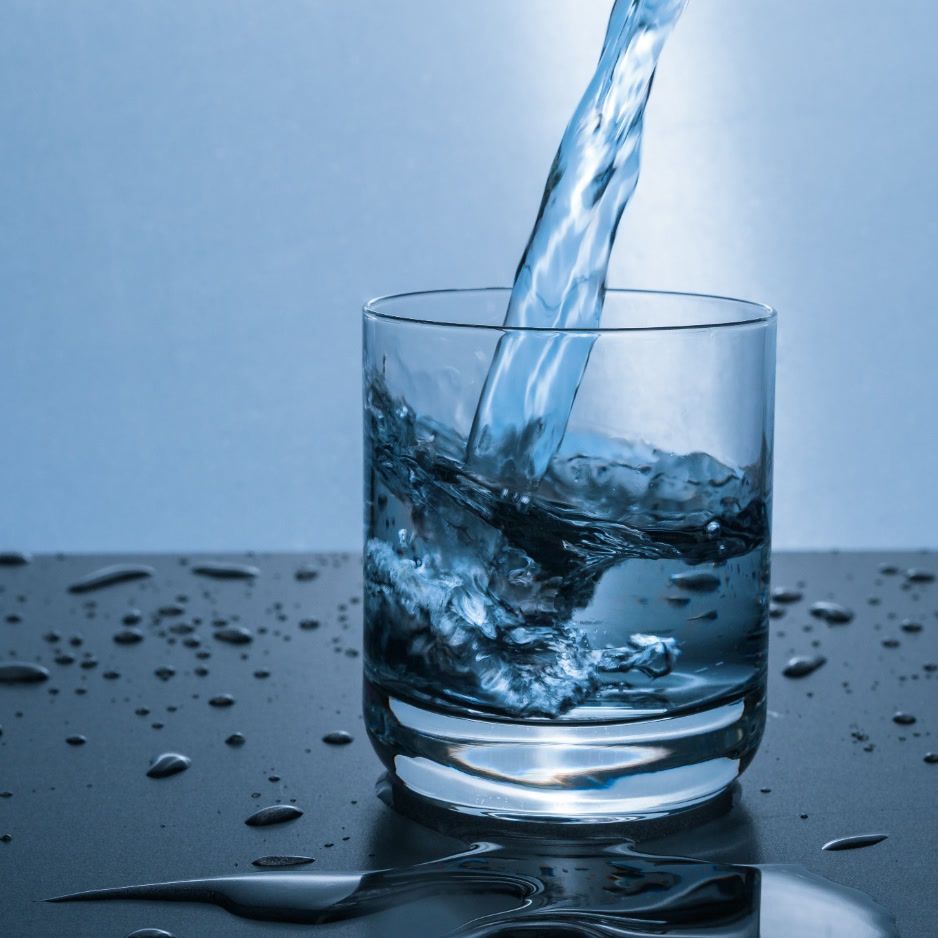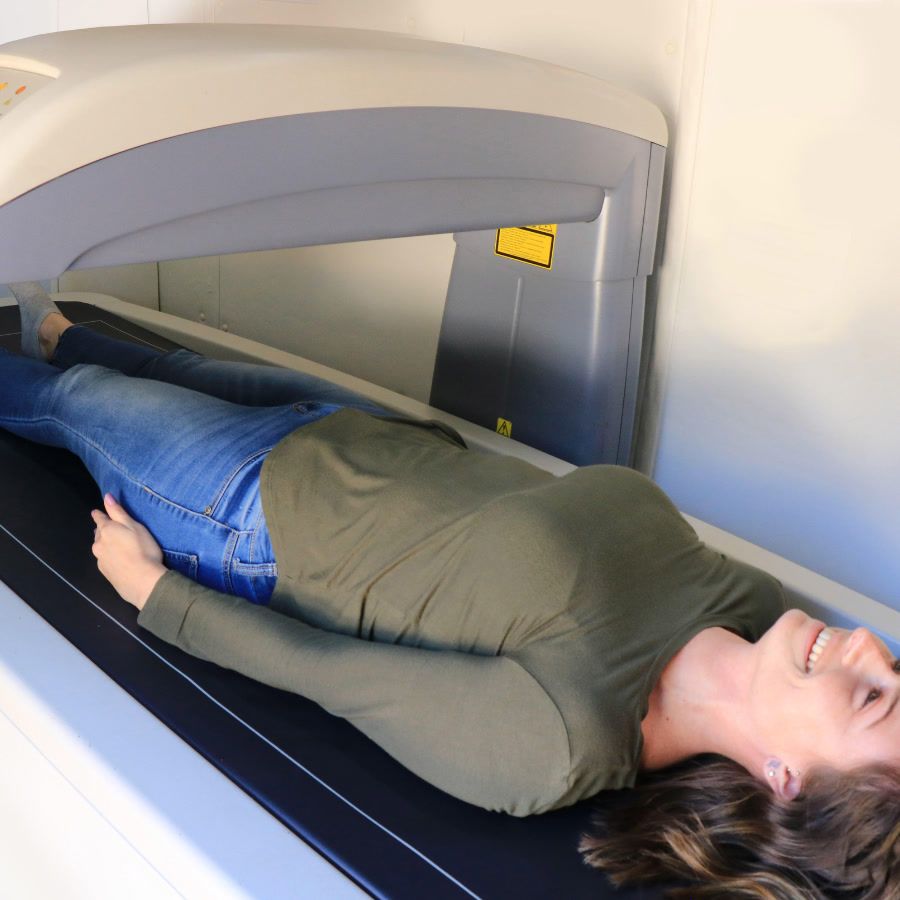How Much Fiber Per Day to Lose Weight?
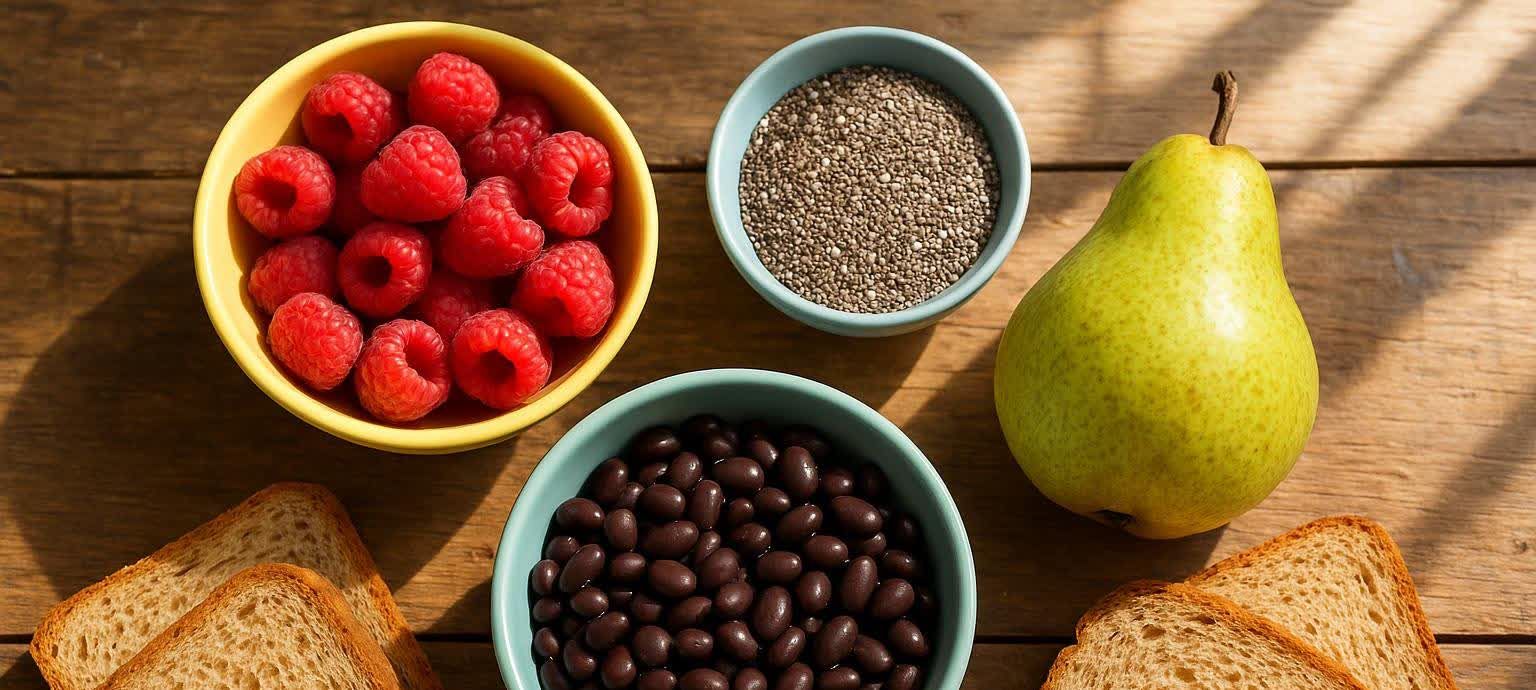
How Much Fiber Per Day to Lose Weight? (2025 Guide)
Quick answer: Most adults will see weight-loss benefits by eating 25–28 g of fiber per day if you’re a woman and 31–34 g if you’re a man. Another easy rule of thumb is 14 g of fiber for every 1,000 calories you eat—so if you set your calorie target at 1,800, you’d aim for about 25 g. Research suggests that focusing on a single goal of eating around 30 g of fiber daily can be nearly as effective for weight loss as following a more complicated diet Harvard Health.
Why fiber matters: Fiber slows digestion, steadies blood sugar, and increases satiety, making it easier to stick to a calorie deficit while preserving muscle mass you worked so hard to build—something our DEXA clients can see in their scans.
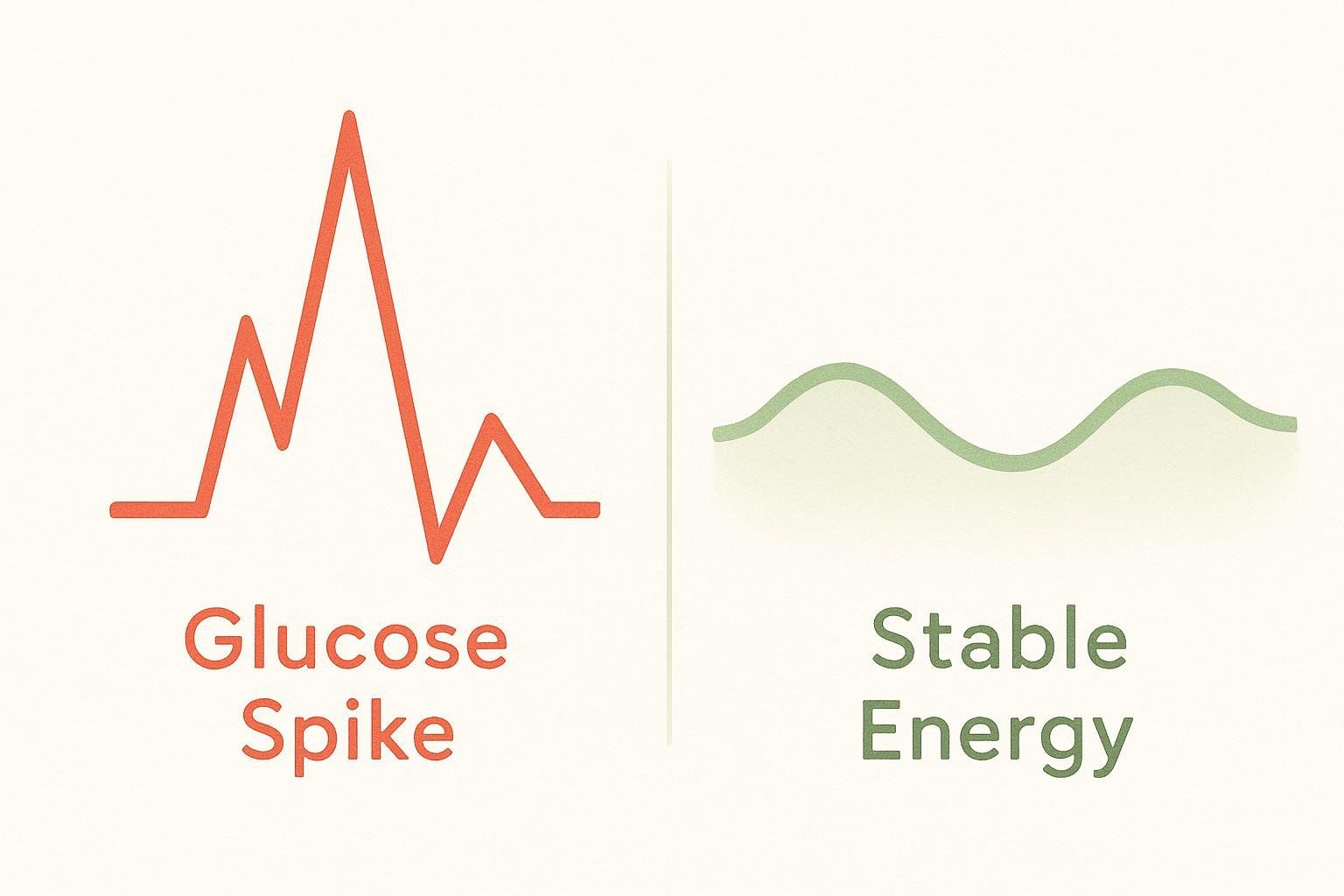
Table 1. Daily Fiber Targets by Age and Sex
| Group | Recommended Daily Fiber* |
|---|---|
| Women ≤ 49 yrs | 25–28 g |
| Women ≥ 50 yrs | 21–25 g |
| Men ≤ 49 yrs | 31–34 g |
| Men ≥ 50 yrs | 28–30 g |
*Derived from the Academy of Nutrition and Dietetics Adequate Intake (14 g per 1,000 kcal) EatRight and the FDA Daily Value of 28 g FDA. Many dietitians suggest adding roughly 5–10 g above these minimums for greater satiety while staying below ~50 g to avoid GI distress.
1. How Fiber Helps You Lose Weight (In Plain English)
- Stretches your stomach without calories. Fiber is carbohydrate scaffolding the body can’t break down—so it fills space for “free.”
- Flattens the glucose roller-coaster. Slow digestion prevents blood-sugar spikes that trigger fat-storing hormones and sudden cravings.
- Feeds your gut microbiome. Certain fibers ferment into short-chain fatty acids that improve insulin sensitivity and may boost metabolic rate.
- Keeps you regular. Consistent fiber intake supports healthy bowel movements, preventing the constipation-related discomfort that can derail dietary efforts.
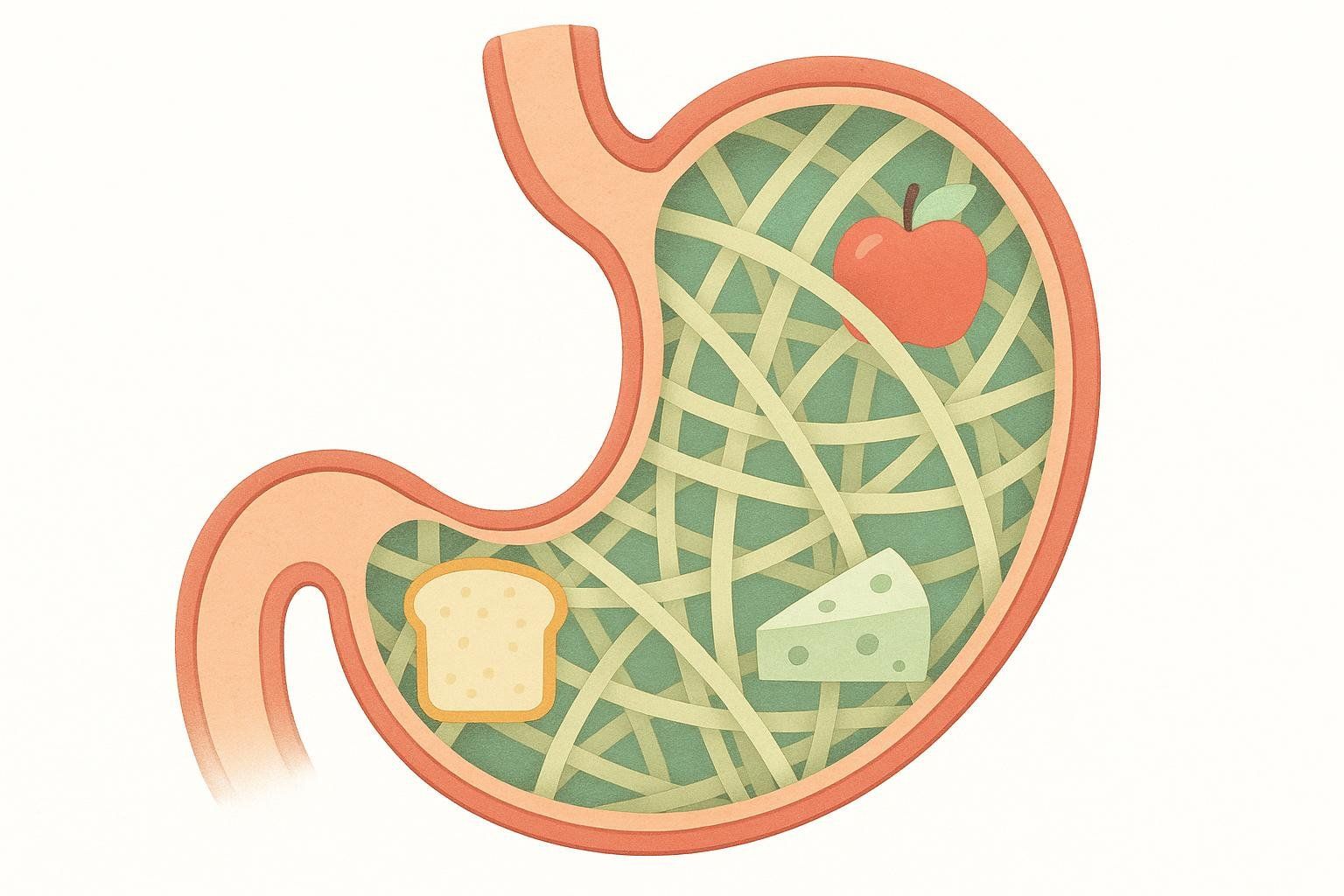
A randomized trial found that simply telling participants to eat 30 g of fiber daily resulted in 2.1 kg (≈ 4.6 lb) more weight loss over 12 months than standard dietary advice Harvard Health.
2. Soluble vs. Insoluble: Do You Need Both?
| Fiber Type | Main Benefits | Top Sources |
|---|---|---|
| Soluble | Forms a gel that binds cholesterol and slows digestion | Oats, beans, apples, citrus, psyllium |
| Insoluble | Adds “bulk” to speed GI transit and prevent constipation | Whole-wheat bread, brown rice, popcorn, veggie skins |
Rule of thumb: aim for one-third to one-half of your total fiber from soluble sources for optimum satiety and heart-health perks Mayo Clinic.
3. High-Fiber Foods Ranked by “Fiber Density”
| Food (serving) | Fiber (g) | Calories | Fiber per 100 kcal |
|---|---|---|---|
| Raspberries (1 cup) | 8 g | 65 kcal | 12.3 g |
| Chia seeds (1 tbsp) | 5 g | 58 kcal | 8.6 g |
| Black beans (½ cup cooked) | 7.5 g | 110 kcal | 6.8 g |
| Pear with skin (1 large) | 7 g | 115 kcal | 6.1 g |
| Air-popped popcorn (3 cups) | 3.6 g | 93 kcal | 3.9 g |
| Whole-wheat pasta (1 cup cooked) | 6 g | 174 kcal | 3.4 g |
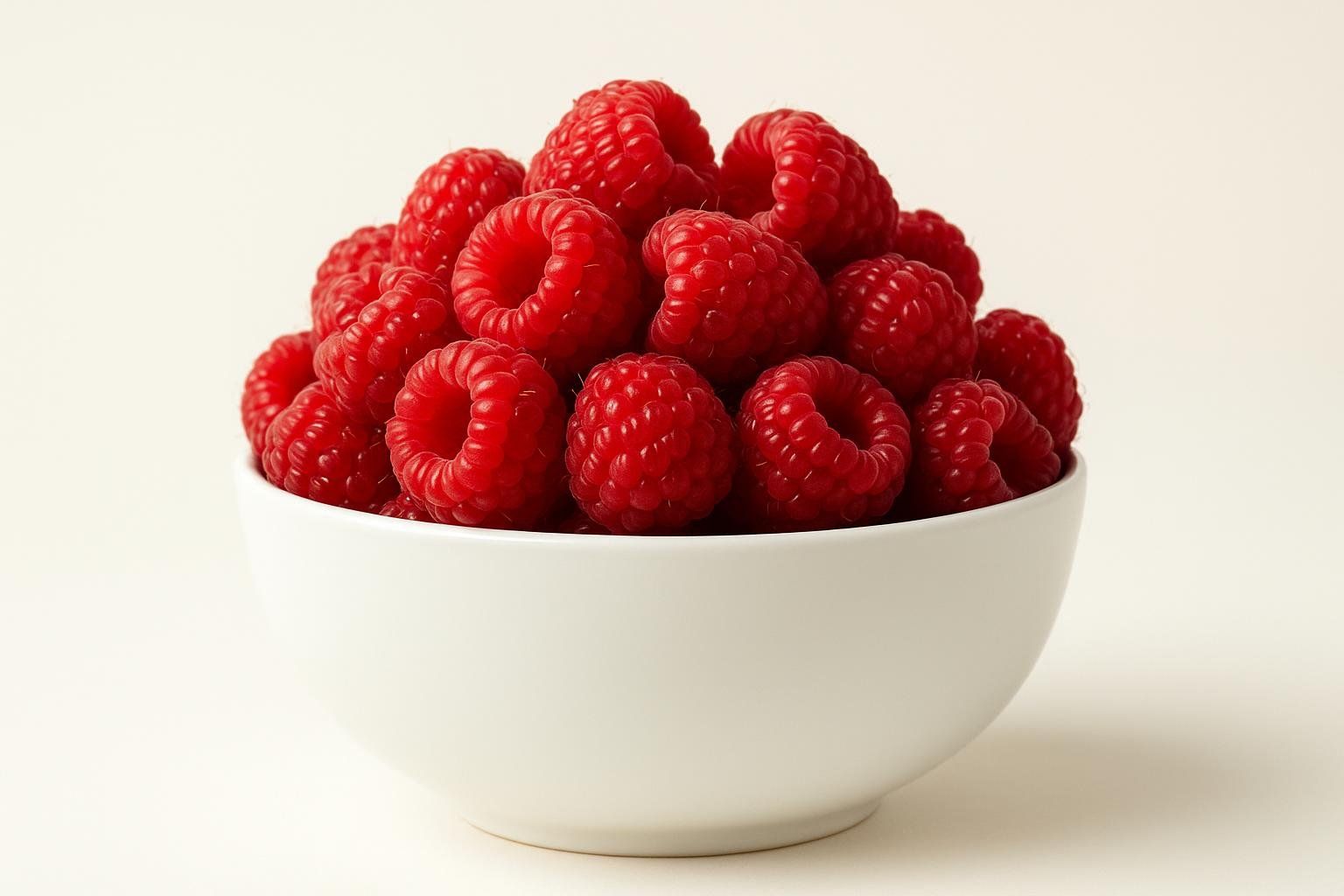
Nutritional data sourced from USDA FoodData Central.
Pro tip: Pack your meals with foods scoring ≥ 6 g per 100 kcal for an easy fiber win.

4. Your 4-Week Fiber Ramp-Up Plan (Gas-Free Edition)
| Week | Total Daily Goal | What to Add | Hydration Target |
|---|---|---|---|
| 1 | Baseline + 5 g | Swap white bread for 100 % whole-wheat | + 8 oz water |
| 2 | Baseline + 10 g | Add ½-cup beans to lunch salad | + 16 oz |
| 3 | Baseline + 15 g | Blend chia seeds into morning smoothie | + 20 oz |
| 4 | Hit full target | Pop air-popped popcorn instead of chips | + 24 oz |
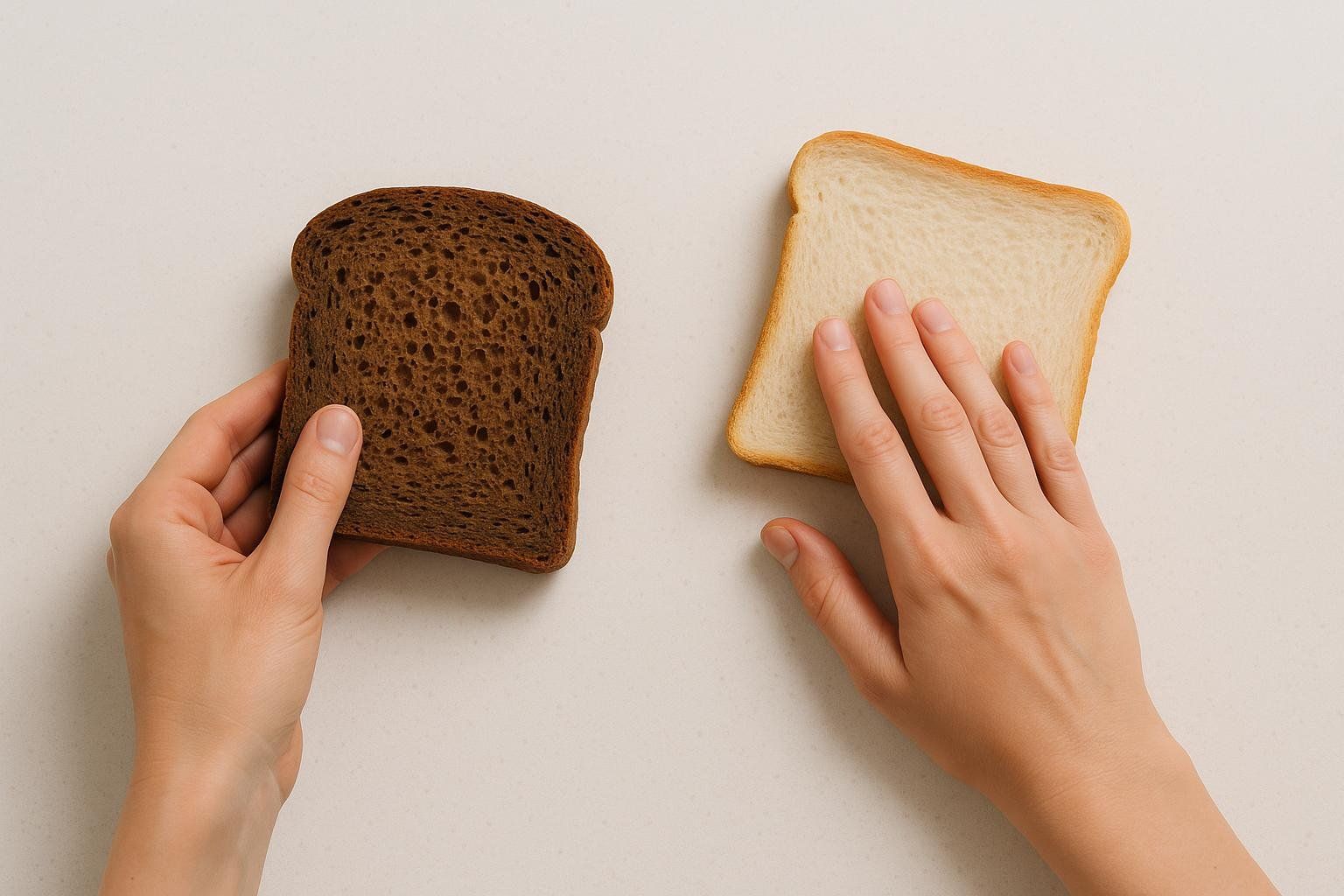
Increasing slowly gives your gut bacteria time to adjust—reducing gas and bloating.
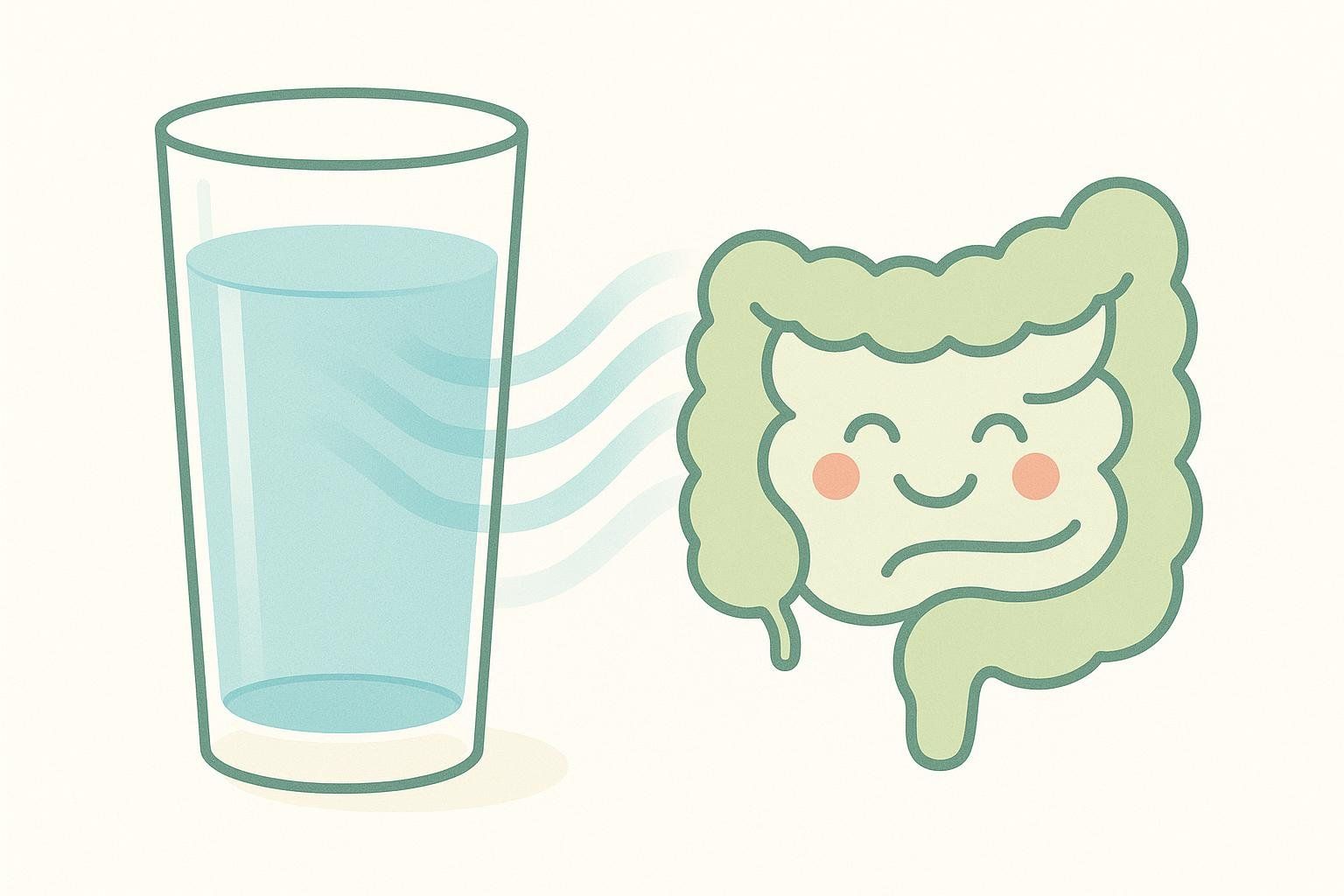
5. Meal Ideas for Every Lifestyle
A. The 9-to-5 Urban Pro (Goal: 28 g)
- Breakfast: Our high-fiber overnight oats recipe (approx. 10 g)
- Snack: Apple + 2 tbsp almond butter (approx. 6 g)
- Lunch: Quinoa bowl with black beans & mixed veggies (approx. 9 g)
- Dinner: Salmon with roasted Brussels sprouts (approx. 5 g)
B. The Prediabetic Manager (Goal: 35 g)
- Breakfast: Veggie omelet (spinach, peppers) with 1 slice whole-wheat toast (approx. 6 g)
- Snack: Psyllium-berry smoothie (1 tbsp psyllium + �½-cup frozen berries) (approx. 5 g)
- Lunch: Lentil soup (1 cup) with side salad topped with ½ avocado (approx. 13 g)
- Snack: Carrot sticks with ¼-cup hummus (approx. 4 g)
- Dinner: Grilled chicken, ¾-cup cooked quinoa, and 1 cup steamed broccoli (approx. 7 g)
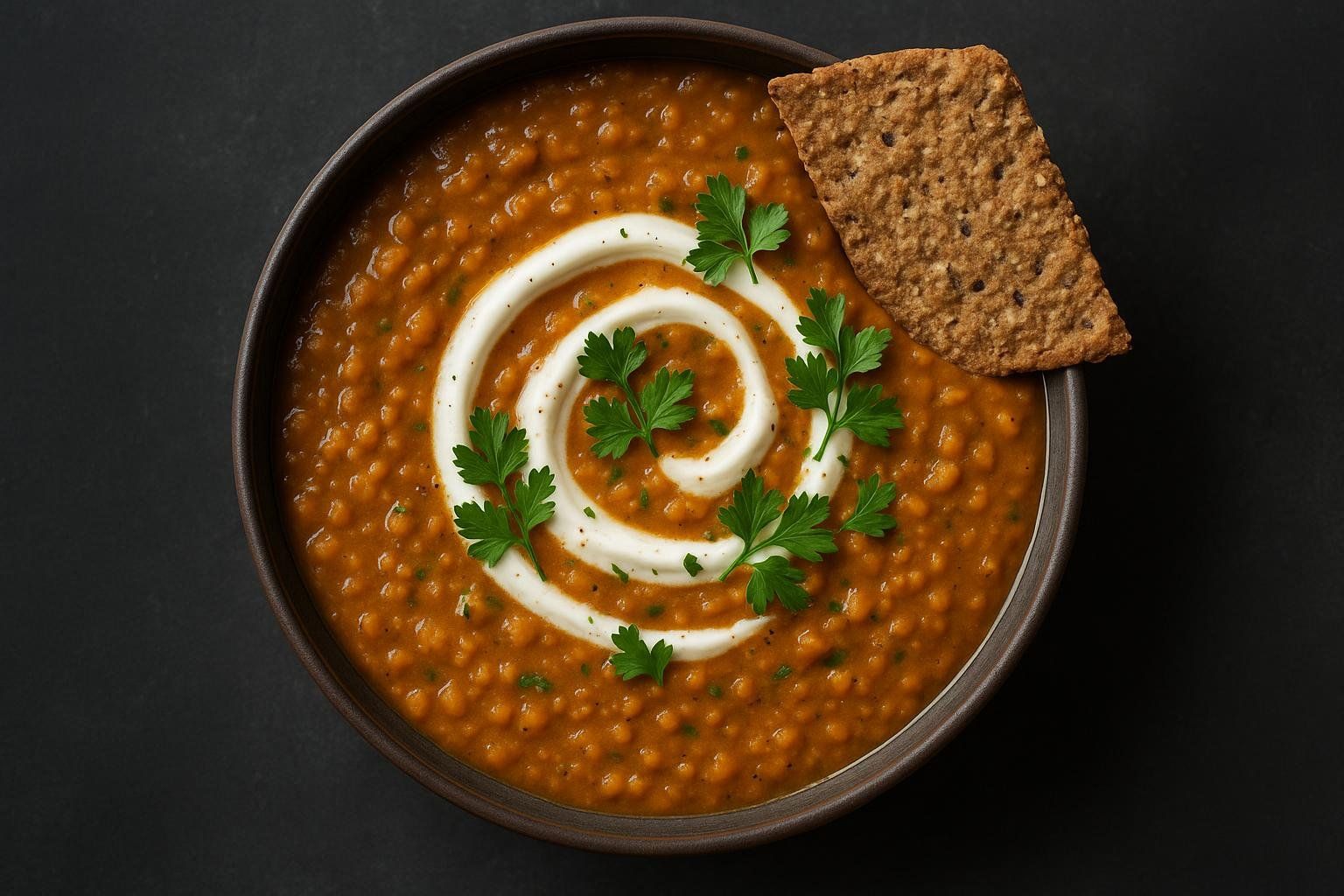
C. The Budget-Conscious Student (Goal: 25 g)
- Breakfast: Oatmeal with frozen berries (approx. 5 g)
- Lunch: Canned lentil soup (approx. 7 g)
- Snack: Microwaveable edamame (approx. 3 g)
- Dinner: Chickpea and vegetable stir-fry over brown rice (approx. 8 g)
- Evening snack: Banana (approx. 3 g)
6. Fiber & BodySpec: Tracking the Payoff
Pair your nutrition tweaks with a quarterly DEXA scan to watch visceral fat melt and lean mass stay put. Schedule a session at a BodySpec location near you.

FAQs
Can you get too much fiber?
Yes. Jumping to 50 g overnight can cause cramping, diarrhea, or bind certain minerals. Increase gradually and keep fluid intake high.
Should I use supplements?
Whole foods provide a broader spectrum of micronutrients and promote chewing-related satiety. Supplements like psyllium can fill gaps, but don’t outsource your produce aisle (when to take them).
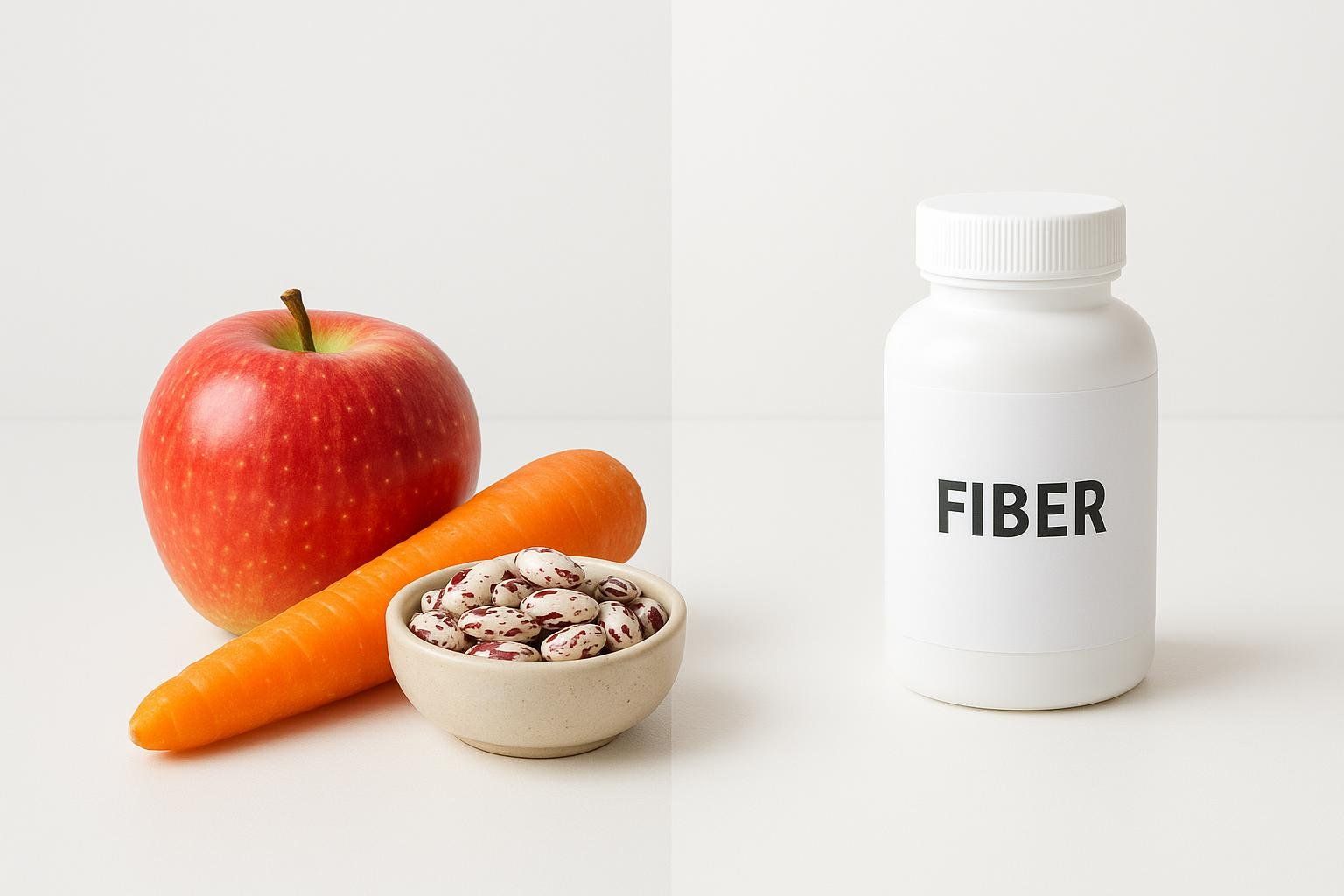
How do I know my calorie goal—and thus my fiber target?
First decide your target daily calorie intake for weight loss (not your maintenance calories). Then apply the rule of 14 g of fiber per 1,000 target calories—for example, a 1,600-calorie goal means aiming for about 22–24 g of fiber.
Takeaway & Next Steps
- Set your number. 25–34 g/day works for most; inch toward 30–40 g for extra fat-loss firepower.
- Ramp up slowly. Add ~5 g per week and drink more water.
- Track results: Combine a high-fiber diet with periodic DEXA scans for data-driven body recomposition.
Ready to see the difference? Book your scan today and start crunching numbers and vegetables.
